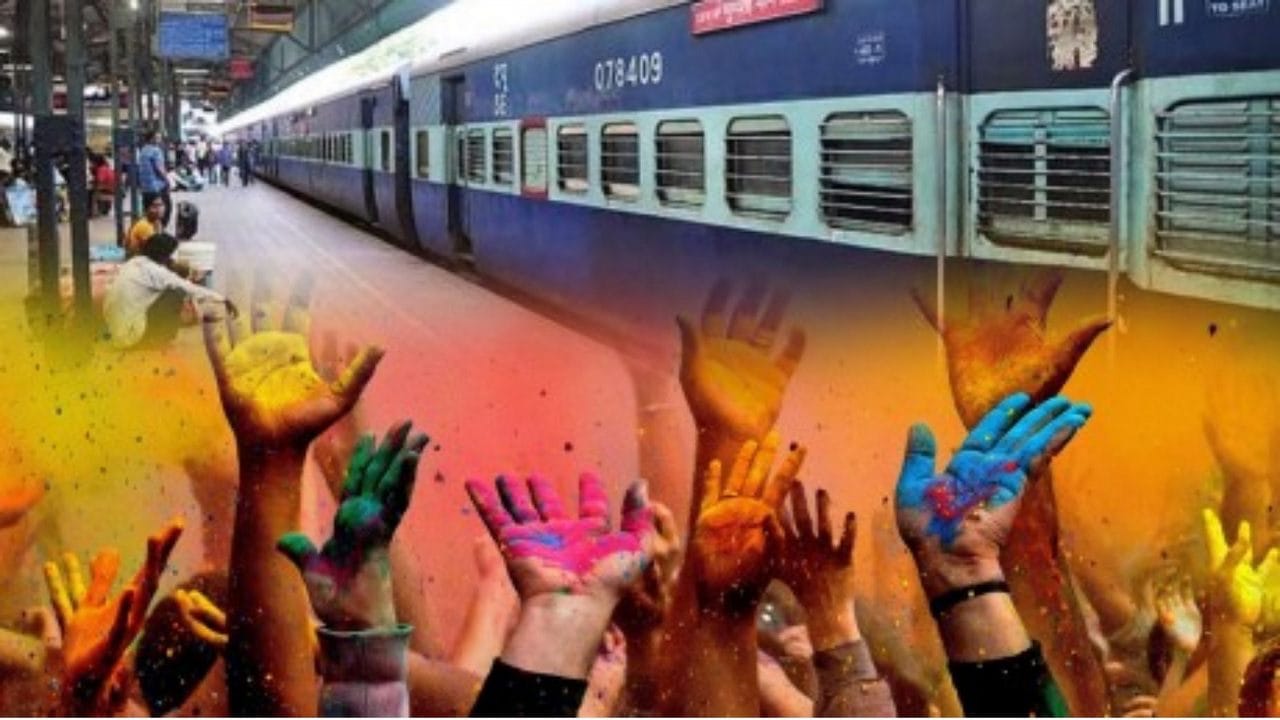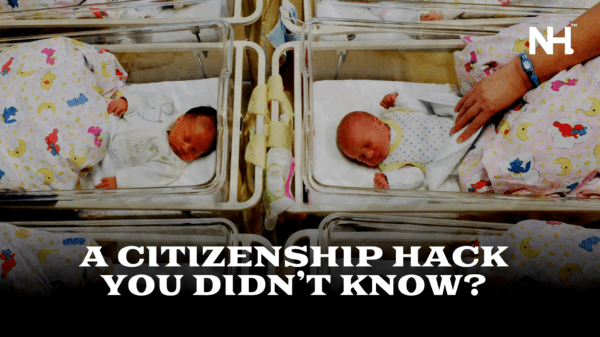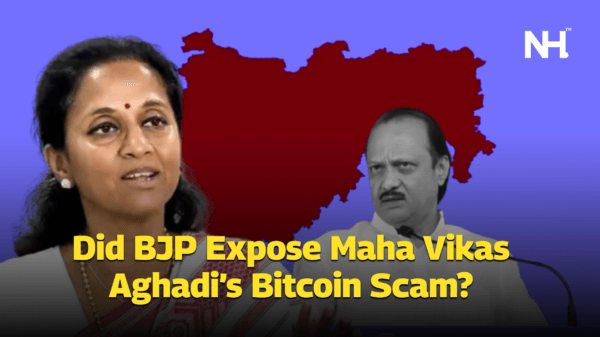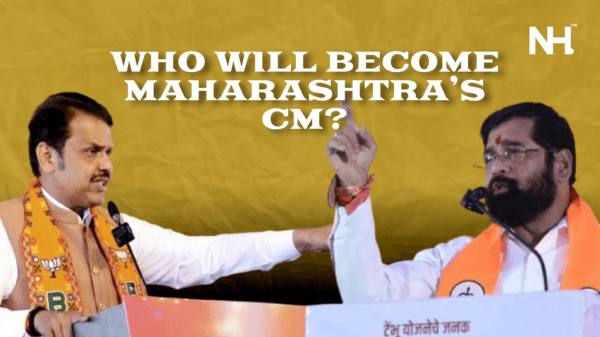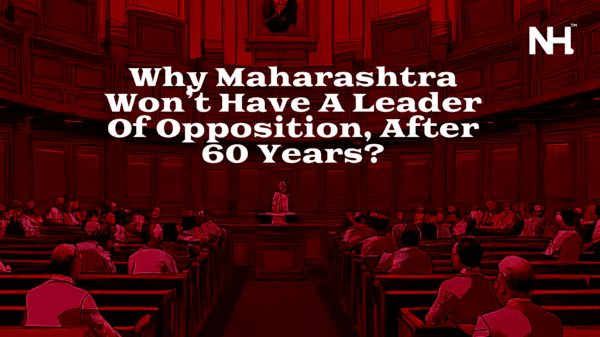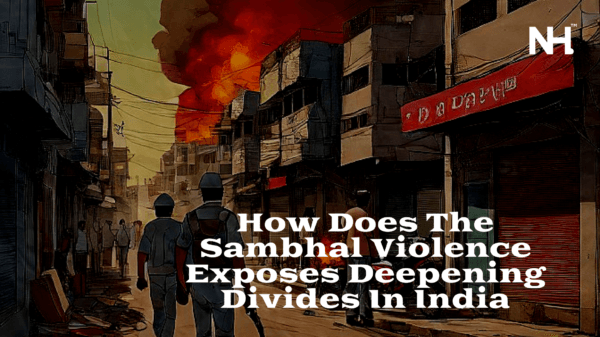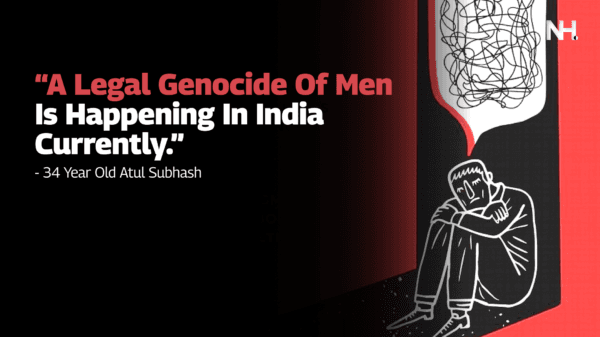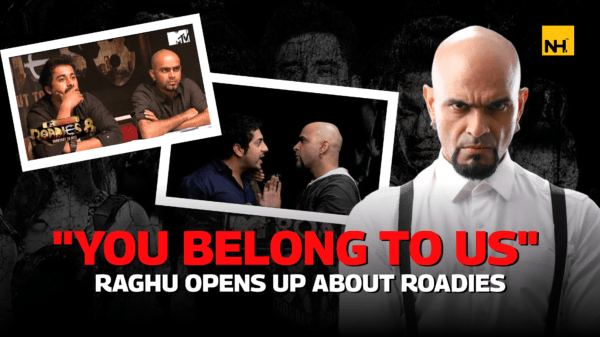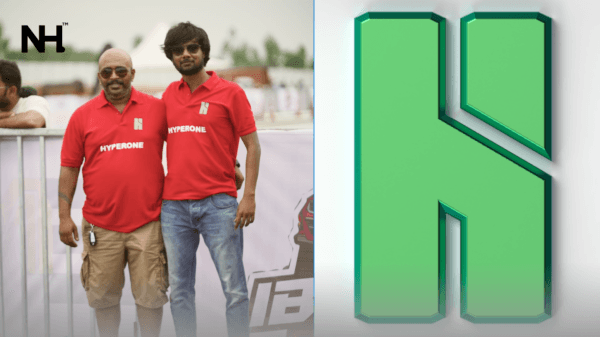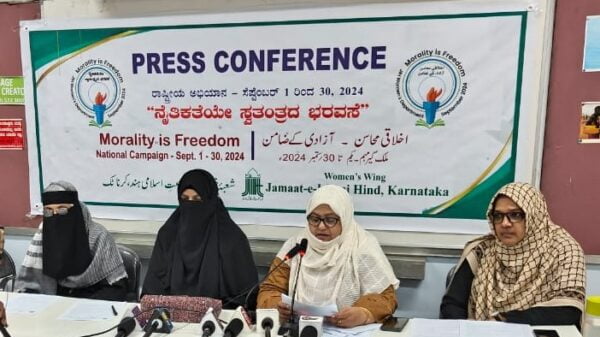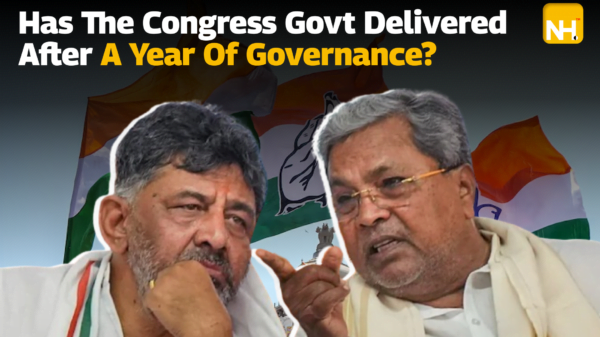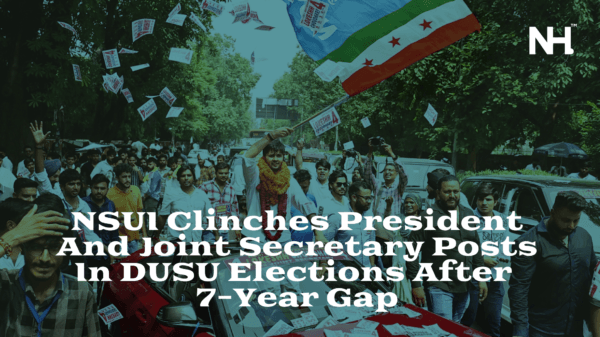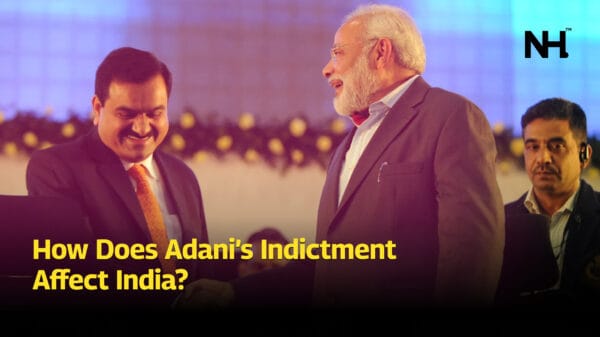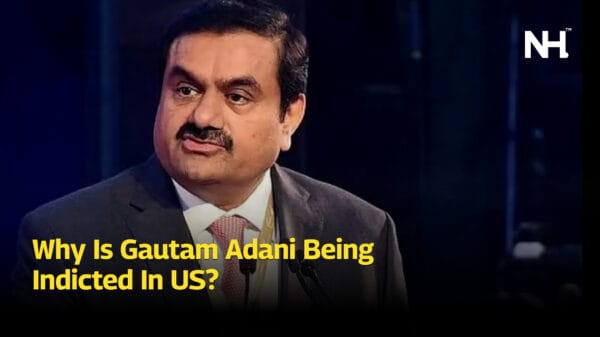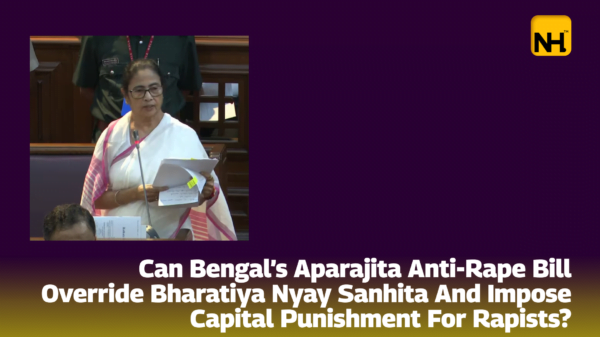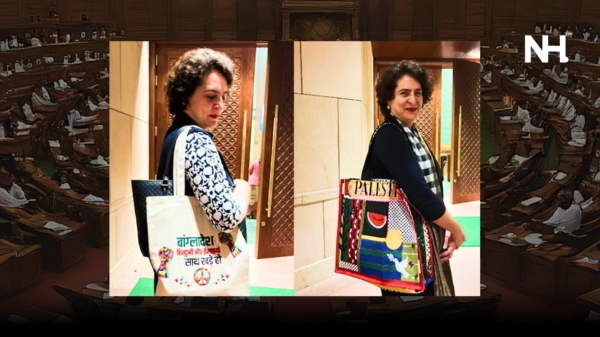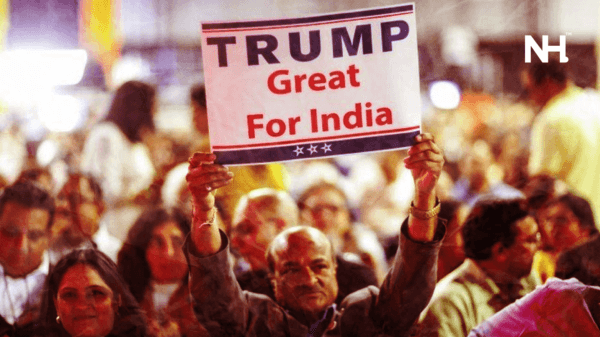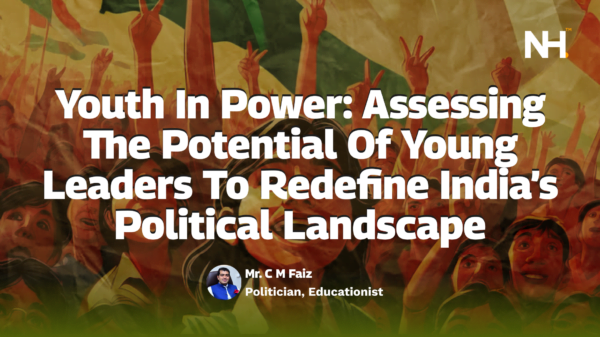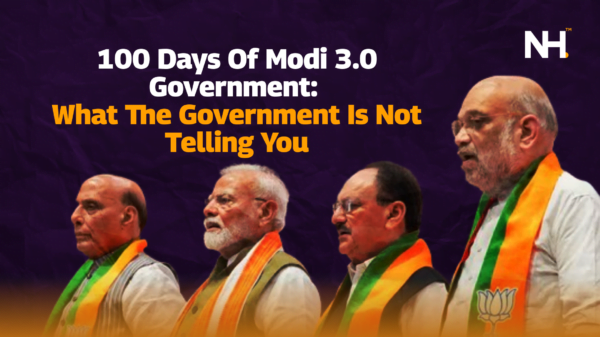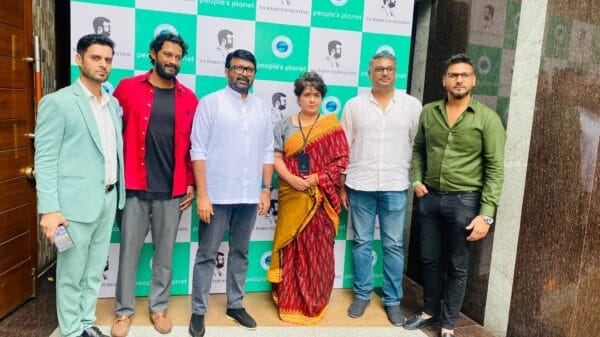It’s nothing short of ironic that the Congress party is now vociferously opposing the Bharatiya Janata Party’s proposal for ‘One Nation, One Election’ (ONOE). While the proposal has its own set of challenges, Congress’s opposition comes off as an ironic twist in India’s political narrative. After all, it was the Congress under Indira Gandhi that, from the late 1960s to the 1980s, imposed a similar centralization of politics and elections, concentrating power at the national level while weakening party structures and sidelining state-level autonomy.
Centralization and the Rise of Personalism
In the late 1960s, Congress was at a crossroads. Following the death of Lal Bahadur Shastri, Indira Gandhi took charge as Prime Minister, but her leadership soon took a sharp turn. The 1971 national elections marked a pivotal moment. She adopted a populist and pro-poor stance, encapsulated in the now-famous slogan “Garibi Hatao” (eliminate poverty), which led to a sweeping victory for the Congress. The party secured 69 more seats in Parliament with a 3% jump in the popular vote.
This victory was not just electoral—it marked a shift towards a highly personalized form of politics. Gandhi’s tenure saw a purge of the Congress’s second-tier leadership and a weakening of the party’s grassroots structure. Regional leaders with strong support bases were replaced by loyalists without significant ties to local constituencies, creating a “personality cult” around Indira Gandhi. This centralization of power dramatically altered the Congress’s internal democratic processes, turning it into an organization run from the top down, where dissent was suppressed, and the autonomy of regional leaders was effectively diminished.
Ironically, today’s Congress criticizes the ONOE proposal for centralizing elections, but it was the same Congress that undermined internal democracy and weakened federalism through its highly personalized and centralized leadership style under Indira Gandhi.
Personalism Over Party Structure
Under Gandhi, the Congress party was transformed into a personalistic vehicle, where the individual leader took precedence over the institutional structure of the party. This phenomenon is referred to as the “cult of personality,” where a leader’s public image becomes idealized and even god-like through constant propaganda and media exposure. Gandhi’s leadership was emblematic of this trend, and it had long-term effects on the party’s organizational structure.
The political personalization of Congress led to the erosion of internal mechanisms that allowed for the democratic resolution of conflicts. Instead of ventilating discontent and resolving differences through dialogue, the Congress leadership imposed its will from the top. This severely restricted communication with the electorate, especially with marginalized communities, who had traditionally formed the party’s core support base.
The personalistic nature of Gandhi’s leadership was solidified during the Emergency (1975-77), a period of authoritarian rule that further centralized power. The Emergency not only weakened democratic institutions but also accelerated the process of political personalization in India. As personalism took hold, voters began prioritizing individual leaders over party ideologies, leading to a decline in party institutionalization.
The Authoritarian Legacy
The authoritarian regime imposed by Indira Gandhi weakened the Congress’s societal roots and initiated the de-institutionalization of the party system. The highly centralized, personalistic leadership style fragmented the Congress from within, leaving it vulnerable to opposition movements. This culminated in the historic 1977 general elections, where the Congress suffered a crushing defeat, losing more than 200 Lok Sabha seats.
The Congress’s downfall in 1977 created an opportunity for the Janata Party, an alliance of opposition parties united in their goal of defeating Gandhi. However, this opposition coalition, lacking a coherent ideology and facing internal fractures, eventually fell apart. Congress capitalized on this disarray and staged a comeback in the 1980 elections, led once again by Indira Gandhi. But while the Congress returned to power, the seeds of its internal decay had already been sown.
The party’s organizational decline continued throughout the 1980s. The assassination of Indira Gandhi in 1984 brought her son, Rajiv Gandhi, to power. While Rajiv led the Congress to a historic electoral victory, winning 415 seats in the Lok Sabha, his government soon became embroiled in scandals, including the infamous Bofors case. By 1989, the Congress was in full decline, losing 115 seats and seeing a 9% drop in its popular vote share.
Congress’s Hypocrisy on ONOE
Given this history, Congress’s opposition to ONOE is laced with irony. While the current proposal certainly has its flaws—especially in terms of logistical feasibility and potential impacts on federalism—the Congress itself has long been a proponent of centralized power. During Indira Gandhi’s tenure, the Congress not only imposed its authoritarian will over the party but also pushed for centralized control over the political process, sidelining regional autonomy and undermining internal democracy.
Today, Congress paints ONOE as a dangerous move that would weaken India’s democratic fabric by centralizing elections. But this critique rings hollow when one considers the Congress’s own role in weakening democratic institutions and centralizing power during its reign.
The ONOE proposal is not without its challenges, but the Congress’s opposition to it reeks of hypocrisy. The party that once imposed centralized control and personalistic leadership on Indian politics is now decrying a similar approach by the BJP. As the debate around ONOE continues, it’s important to remember that centralization, whether imposed by Congress or the BJP, carries significant risks for India’s democratic future.


